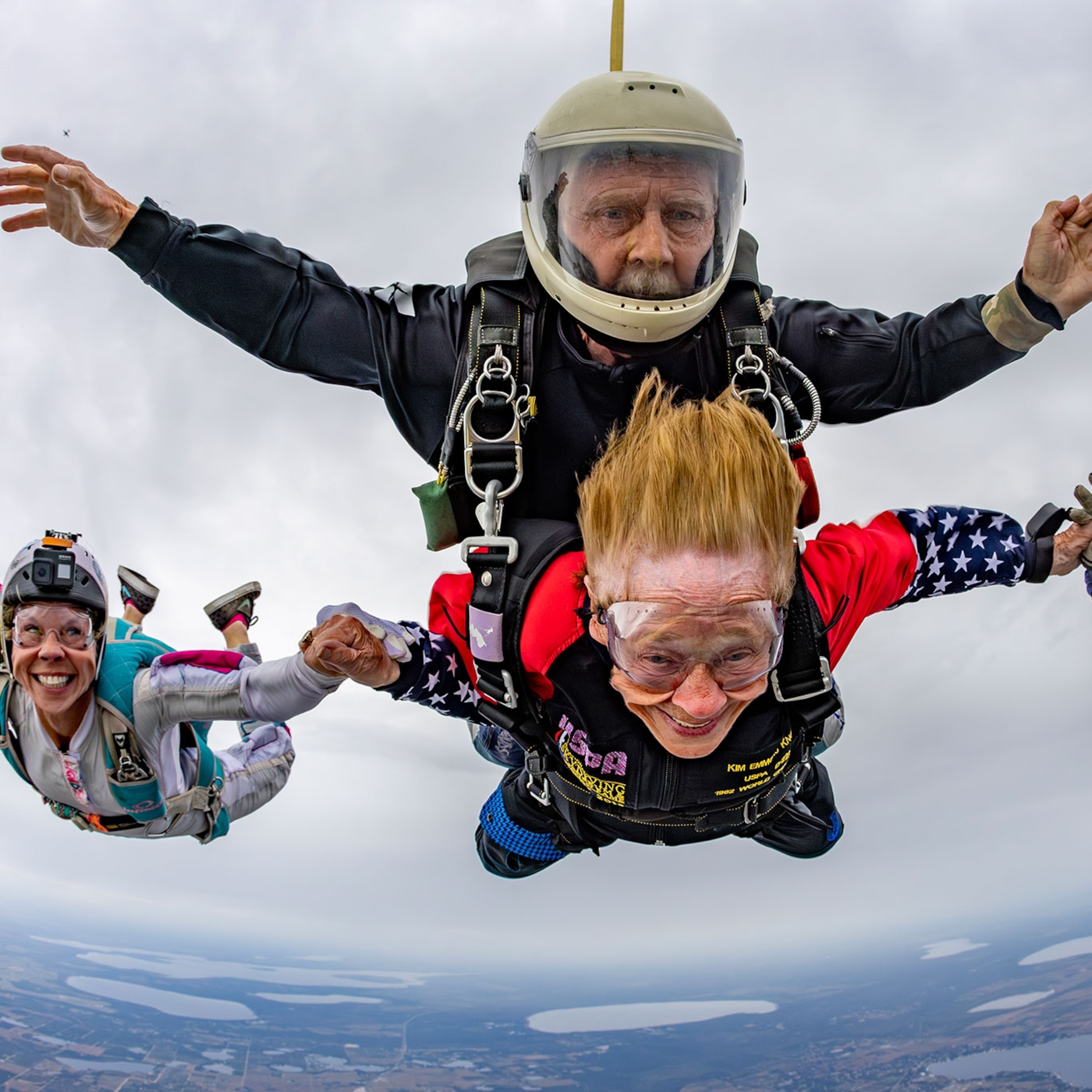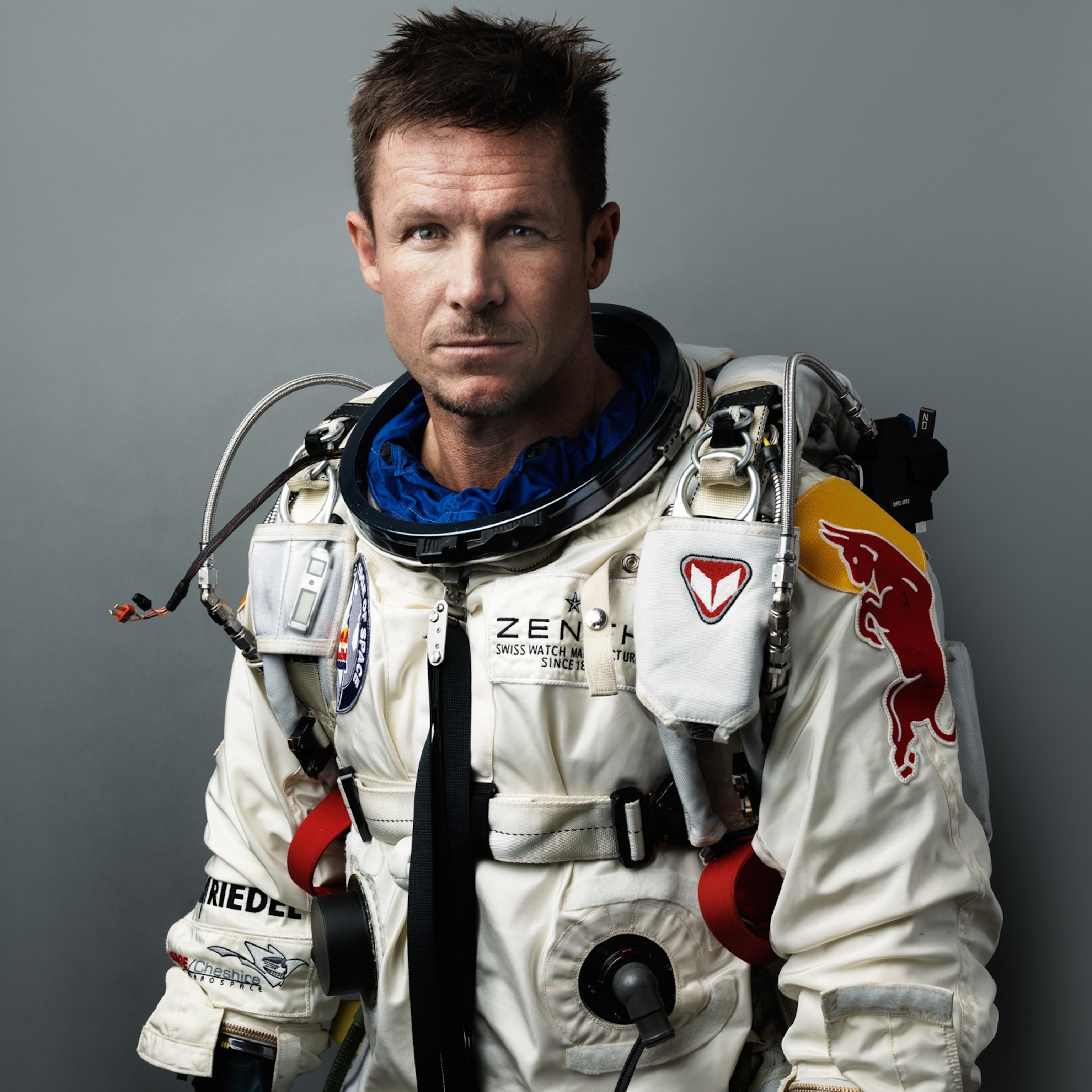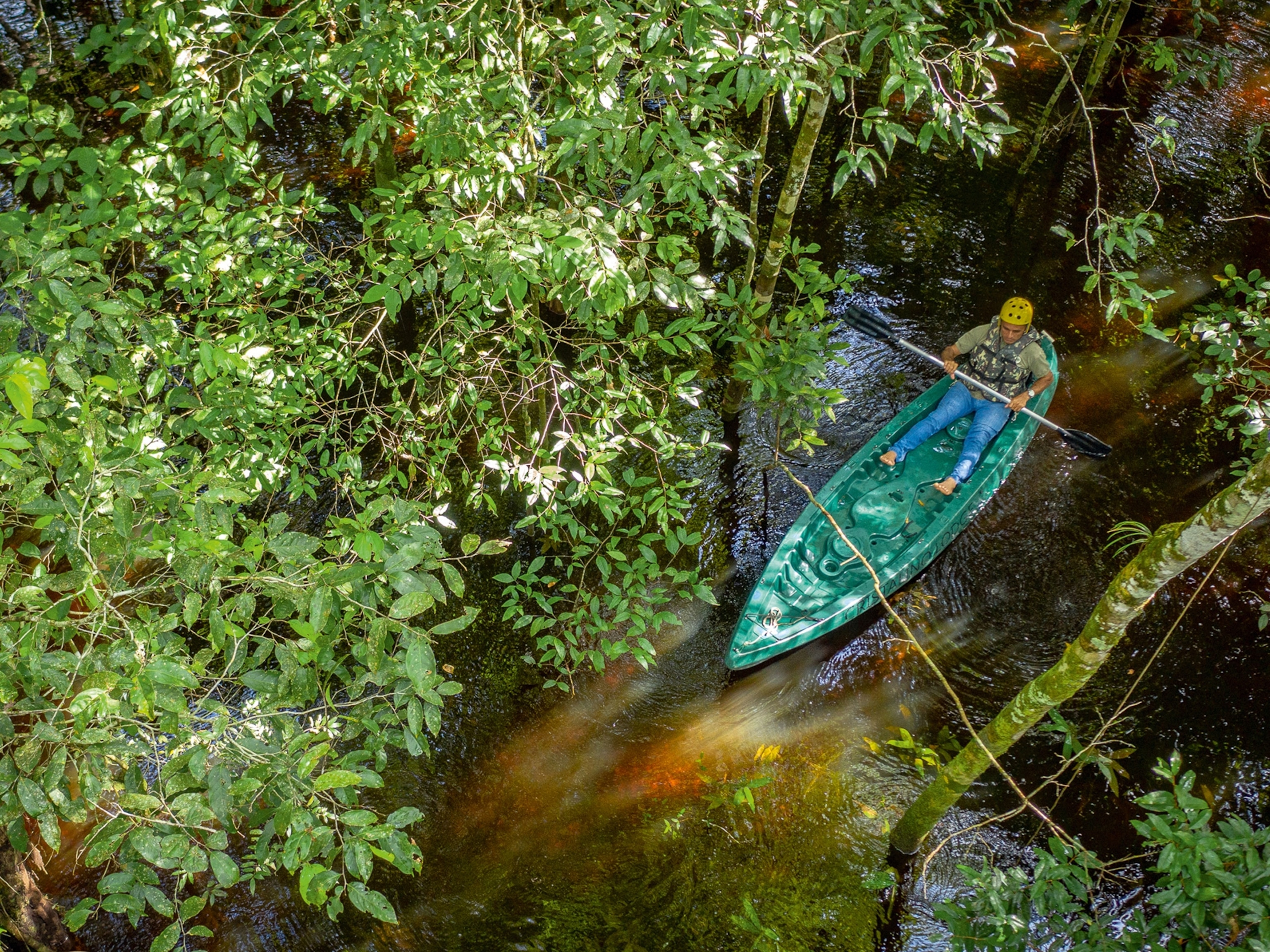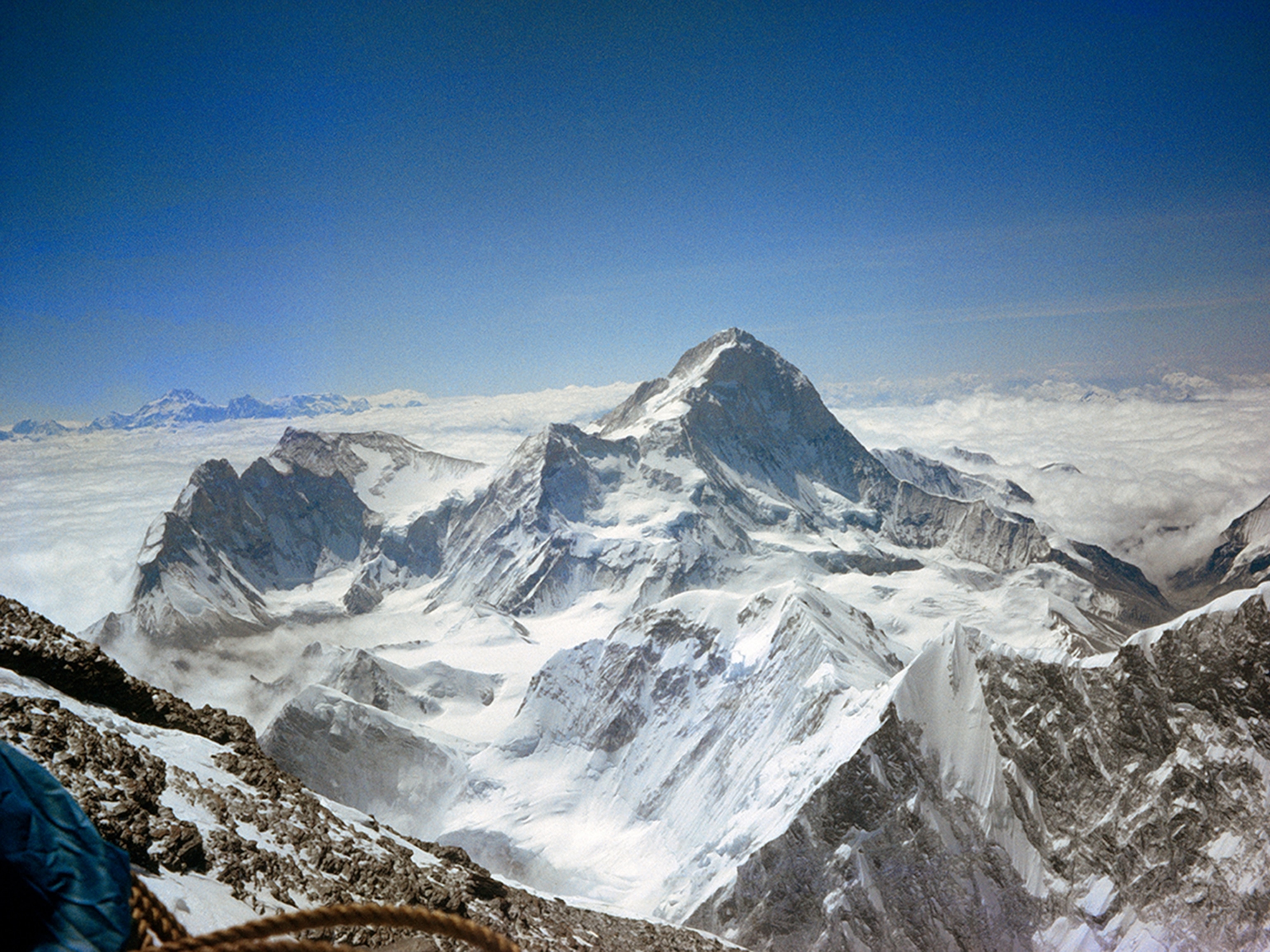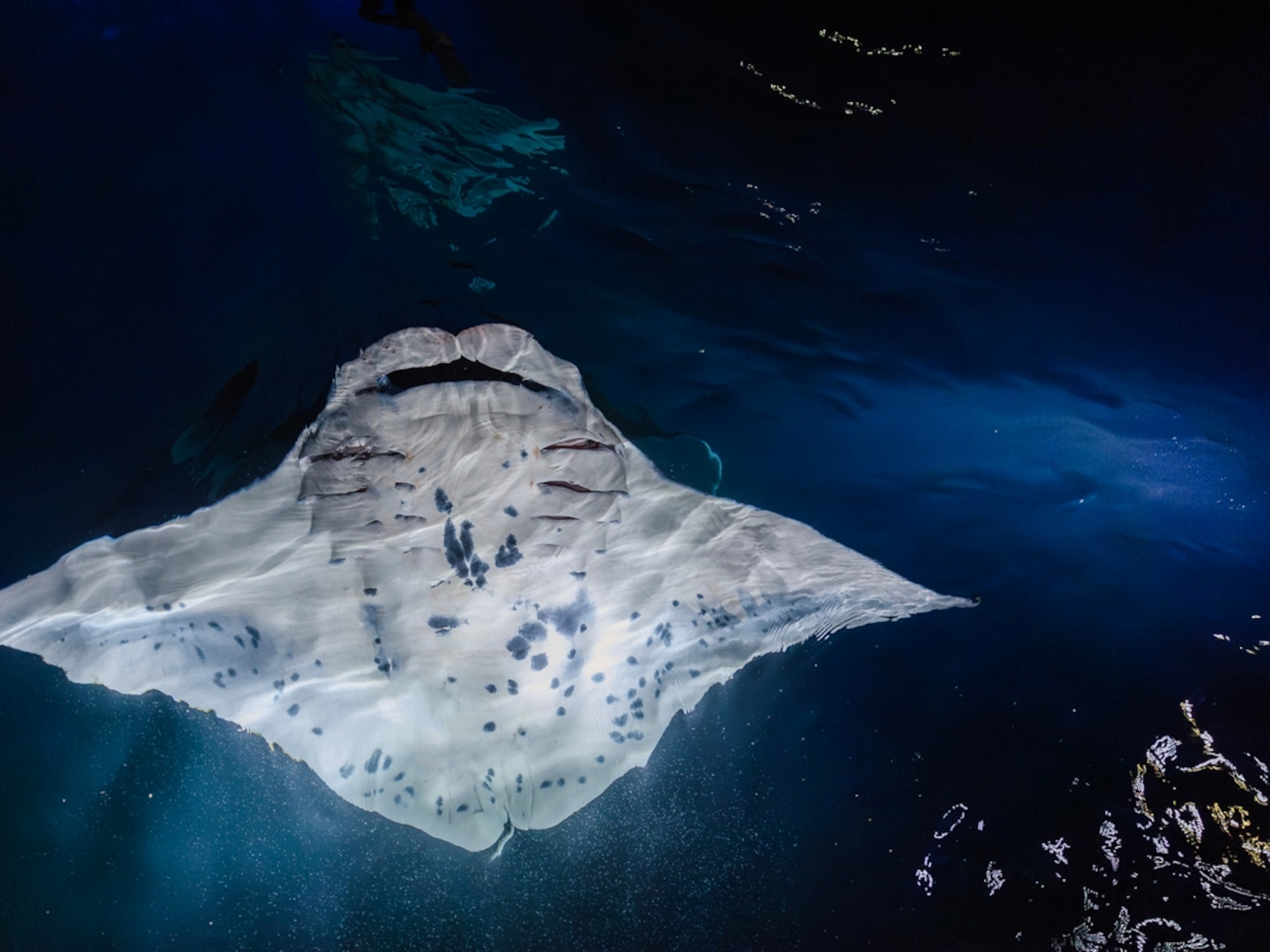Adventurers of the Year 2008
Photography: George Steinmetz
Photo Gallery: See some of George Steinmetz's African Air images in a photo gallery.
Most photographers pride themselves on being able to see the big picture. George Steinmetz actually straps himself into a motorized paraglider and hovers hundreds of feet above the world's most spectacular scenery to create his signature panoramic images. Time and again he has returned to Africa, where his "flying lawn chair" has enabled him to capture some of the best known photos that National Geographic has published of that continent. Many of those shots appear in his monumental new book, African Air, a collection drawn from more than a decade of low-altitude navigating, pointing, and clicking. Below, Steinmetz describes how he first fell for Africa, and how he earned his wings as the natural world's leading aerial artist.
The first time I traveled through Africa, as a 21-year-old hitchhiker carrying a borrowed 35mm camera across the Sahara, all the action seemed to be happening on the ground. Chad had no government but plenty of guns; gasoline was sold in green wine bottles. The tracker I hired in what was then the Central African Empire had followed the BaAka Pygmy custom of chipping his front teeth into sharp points, giving him the fearsome grin of a piranha. I spent a three-day train trip to Khartoum amid passengers who preferred to ride for free atop the arched roof; the tricky part was sleeping perpendicular to the cars so that we didn't roll off in the middle of the night. Something extraordinary always seemed to lie just over the horizon in Africa, and I dreamed of being able to see the continent's patterns unfold from the sky.
Flying in Africa is not easy or cheap, though. In 1996, National Geographic agreed to finance a loosely defined aerial portfolio. But as I buzzed around the edges of the Sahara in small planes, I became frustrated. Moving at 60 miles an hour, I had a hard time explaining to a pilot where my shooting eye told me to go. I decided to investigate powered paragliding. The few people I could find who'd actually gone up in a motorized paraglider told me that it was a reasonable thing to do, as long as I limited my flying to the early morning hours when the air is calm (and the light is best for photography). On one training flight in Arizona I took off OK but spent too much time snapping pictures, ran out of gas over Monument Valley, and had to make an emergency landing in the desert. My traveling companion was frantic when he found me, walking out of a little dry wash with all my flight gear still attached, but I was ecstatic: The worst-case scenario was not so bad after all.
In many ways my paraglider is the best possible platform for airborne photography, as it provides me with an unrestricted 180-degree view in both horizontal and vertical directions, like a flying lawn chair. It's also relatively quiet in flight (it sounds like a moped), and it lets me fly low and slow over the land with a minimum of disturbance to the people and animals below. For takeoff, I don't need an airfield, only a small patch of open terrain slightly larger than a basketball court, with enough running room and no trees or power lines in front of me. While I can gain as much as 6,000 feet on a flight, I prefer to shoot at 100 to 500 feet above ground.
The aircraft consists of three components: the "wing" of the paraglider (similar to an acrobatic parachute), a 65-pound backpack-mounted motor, and a single-seat harness that ties it all together. The wing flies at only one speed, approximately 30 miles an hour. I steer with a combination of leaning and pulling on Kevlar brake lines attached to the paraglider's trailing edge. It's a lot of trouble to get off the ground, but in flight it's a beautiful thing. The whole contraption packs up into three large duffels, each of which travels as standard baggage on most commercial aircraft. I've paraglided on five continents and had my share of mishaps, like landing in the ocean while photographing whales in Mexico. Generally speaking, though, if I had used any other kind of aircraft for what I do, I probably wouldn't be alive today. I have a firm rule never to fly over terrain on which I can't make an emergency landing, such as large forests, big cities, volcanic rocks, or great expanses of water without a safety boat. My most common problem is a stumbled landing, followed by an inelegant headfirst sprawl onto the ground.
In the Sahara, my paraglider enabled me to discover areas that were unreachable any other way. Round pre-Islamic cemeteries were easy to spot from the air; Muslim burial grounds are oblong and point the faces of their deceased toward Mecca, like a compass needle. In Niger, I could see signs of ancient agriculture in an area that hadn't had sufficient rainfall for crops in thousands of years. On one visit, my Tuareg guide led us to a caravan of ten men and hundreds of camels, moving their ancient cargo of funnel-shaped blocks of edible salt on a trade route used for centuries by their ancestors. From above, they looked like a chain of army ants.
- National Geographic Expeditions
In 2004, Michael Fay, a botanist I had worked with in Africa 15 years before, was making an aerial survey of Africa for National Geographic in a small plane, and they wanted me to photograph his discoveries. I was able to draw up a wish list of all the places I had yet to see from above: Mali's mud-building masterpieces; the countless herds migrating toward Botswana's freshwater oasis; the Skeleton Coast of Namibia and its surreal landscape of mysterious fairy circles; Kenya's Great Rift Valley; the Atlas Mountains of Morocco, which in wintertime are blanketed in snow.
I'm a photographer who flies, not a pilot who takes pictures. I do this kind of flying because it gives me the opportunity to photograph remote areas in a way they have never been seen before. And from my vantage point in the sky, there is always more to explore, to question, and, ultimately, to understand.
